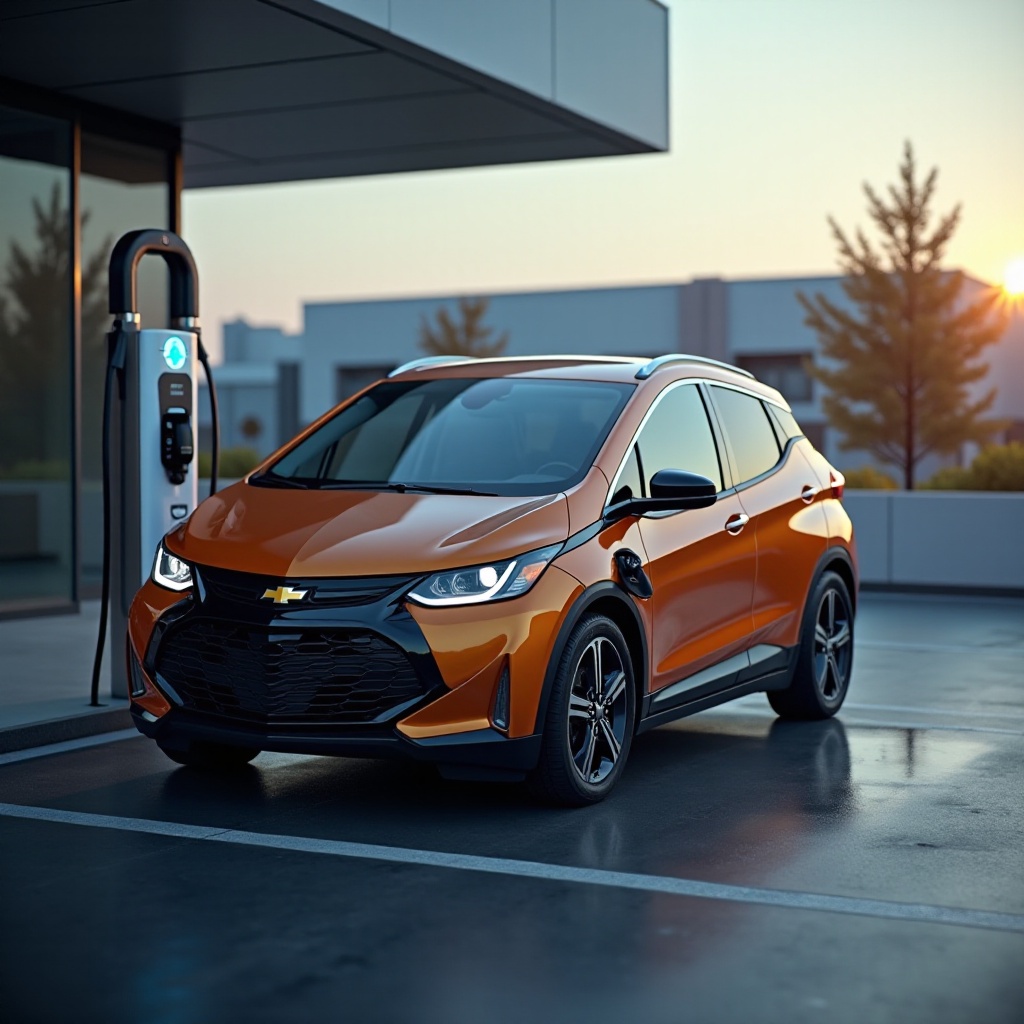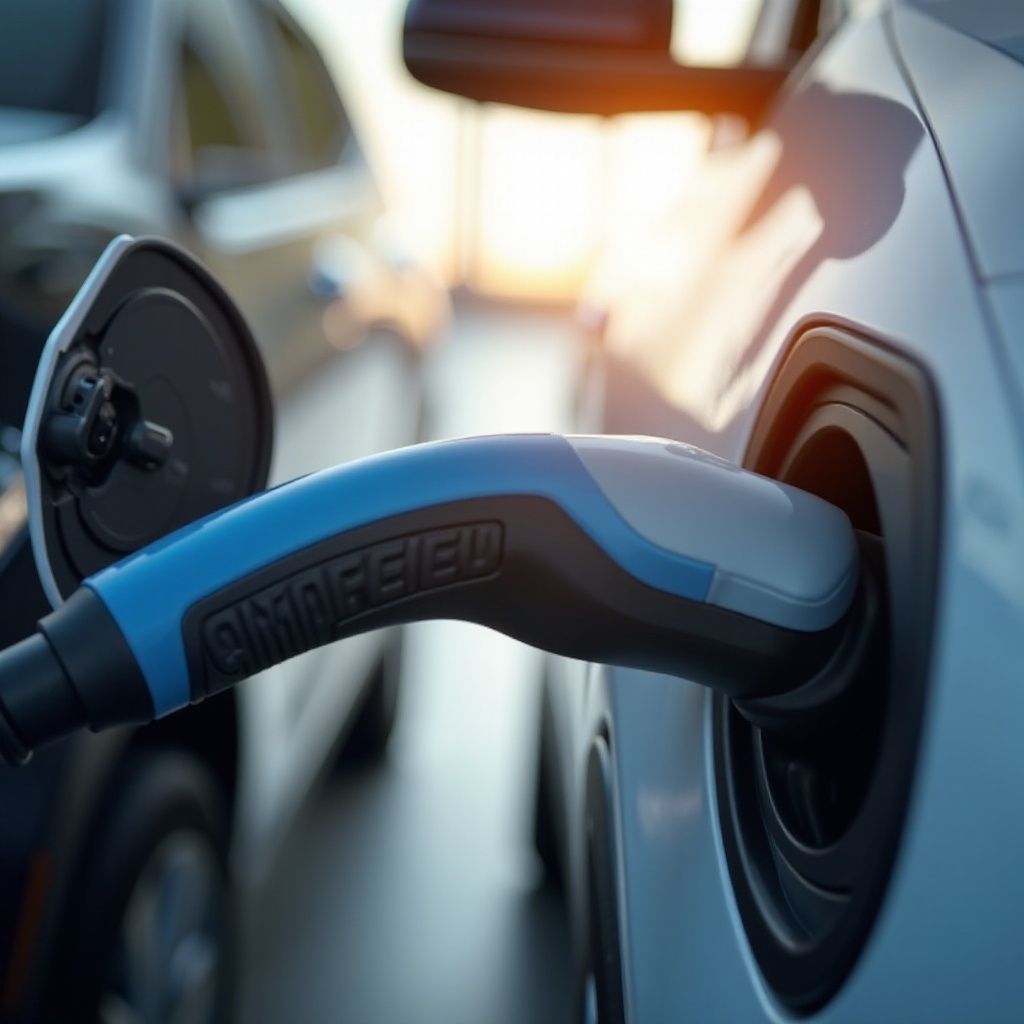Introduction
Maximizing your Bolt EUV’s DC fast charging efficiency can significantly impact your vehicle’s performance and your overall electric driving experience. By understanding the key factors that influence charging rates and adopting best practices, you can enjoy quicker and more efficient charging sessions. This blog will walk you through the essentials of DC fast charging, the specific charging specifications of the Bolt EUV, and how to ensure you are getting the most out of your charging experience. Additionally, we will provide insights into maintaining battery health, ultimately extending the lifespan of your vehicle’s battery.

Understanding DC Fast Charging
DC fast charging, also known as Level 3 charging, is a method that enables electric vehicle (EV) drivers to charge their vehicles quickly by delivering direct current (DC) power directly to their car’s battery. Unlike Level 1 and Level 2 charging, which deliver power as alternating current (AC) and then convert it within the vehicle, DC fast chargers cut out the conversion step, reducing the charging time significantly.
The primary appeal of DC fast charging is its speed. A DC fast charger can add about 60 to 80 miles of range to an EV in about 20 minutes. This quick turnaround becomes essential for long-distance travel, reducing downtime and keeping you on the road. However, the speed and efficiency of this charging method depend on multiple factors, including the vehicle’s capabilities, the charger’s power level, and environmental conditions.

Bolt EUV’s Charging Specifications
The Chevrolet Bolt EUV is designed with several charging options, making it a versatile and convenient electric vehicle. When it comes to DC fast charging, the Bolt EUV can handle up to 55 kW of charging power. This specification means you can add approximately 100 miles of range in about 30 minutes of charging.
The Bolt EUV is equipped with a 65 kWh battery and supports the SAE Combined Charging System (CCS) for DC fast charging. These capabilities are a significant upgrade from the previous generation, providing more efficient and quicker charging. Understanding these specifications is crucial for optimizing your charging sessions and ensuring you make the most out of your EV’s capabilities.
Factors That Affect Charging Rate
While the Bolt EUV’s charging specifications set a foundation, several external factors can influence the actual charging rates you experience:
-
Battery State of Charge (SoC): Batteries charge faster when they are closer to being empty. As they approach full capacity, the charging rate slows down to protect the battery’s health.
-
Temperature: Optimal charging occurs at moderate temperatures. Extreme cold or heat can slow down charging speeds as the battery management system works to maintain the battery’s health.
-
Charger Capacity: The power output capacity of the charging station also plays a crucial role. A 150 kW fast charger is far more effective than a 50 kW charger, although the Bolt EUV can only utilize up to 55 kW.
-
Battery Age: Over time, a battery’s performance can degrade due to usage and age, slightly reducing the charging rate.
-
Energy Demand: The local electric grid’s demand can affect charging speeds, especially in areas with high energy usage.
Acknowledging these factors can help you better plan your charging sessions, ensuring you receive the fastest and most efficient charge possible.
Best Practices for Fast Charging
To bridge the gap between understanding and application, incorporating strategic practices into your charging regimen is essential. This ensures your vehicle remains a paragon of efficiency, always ready for the road ahead.
-
Monitor Battery Levels: Begin charging when your battery is below 20% state of charge and stop around 80-85% to maintain faster charging rates.
-
Plan Charging Times: Charge during off-peak hours when demand on the grid is lower, often resulting in faster and more consistent charging rates.
-
Precondition the Battery: Use the vehicle’s thermal management system to precondition the battery before charging, especially in extreme temperatures, for more efficient charging.
-
Use Reliable Charging Stations: Choose fast chargers from reputable networks that guarantee the advertised charging speeds.
-
Regular Maintenance: Keep your Bolt EUV’s battery and charging equipment well-maintained to ensure consistent performance.
-
Moderate Temperature Conditions: Charge your vehicle in moderate weather conditions or use climate control features to keep the battery temperature optimal.
By incorporating these best practices into your charging routine, you can ensure that your Bolt EUV charges efficiently, preserving battery health and reducing wait times.
Conclusion
Maximizing your Bolt EUV’s DC fast charging efficiency involves understanding the vehicle’s capabilities, recognizing external factors that impact charging rates, and adopting best practices. By doing so, you can enjoy quicker and more reliable charging sessions, which is essential for both daily commutes and long-distance travels. Being mindful of the surrounding conditions and maintaining your vehicle’s battery health will help ensure your Bolt EUV remains in top shape for years to come.

FAQs
Frequently Asked Questions
What is the maximum DC fast charging rate for the Bolt EUV?
The maximum DC fast charging rate for the Bolt EUV is 55 kW. This allows the vehicle to add about 100 miles of range in approximately 30 minutes of charging, making it suitable for quick stops during longer journeys.
How do external factors influence the Bolt EUV’s charging efficiency?
External factors such as battery state of charge, temperature, charger capacity, battery age, and local energy demand can all influence the Bolt EUV’s charging efficiency. For instance, batteries charge faster at lower state of charge levels and moderate temperatures. Similarly, newer batteries and charging during off-peak times can optimize charging speeds.
What tips can help maintain the battery health when using DC fast charging?
To maintain battery health when using DC fast charging, consider these tips: – Start charging when the battery is below 20% and stop around 80-85%. – Charge during cooler periods or precondition the battery to avoid extreme temperatures. – Choose reputable and reliable fast charging stations. – Perform regular maintenance on the battery and charging components. – Avoid constant use of DC fast chargers; mix in slower Level 2 charging sessions to prolong battery life.
